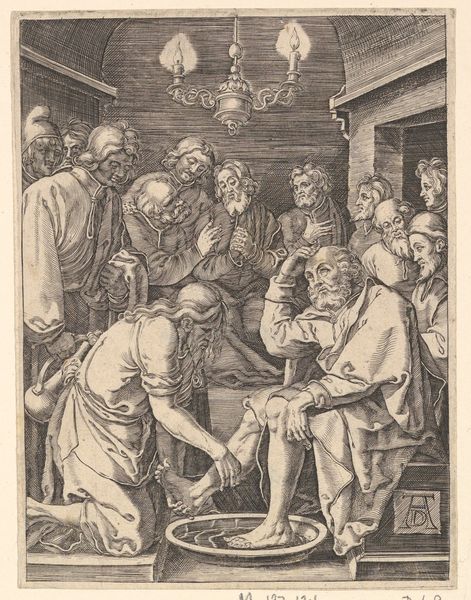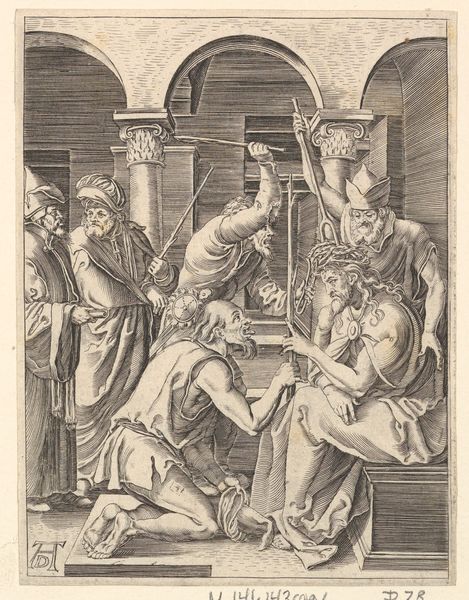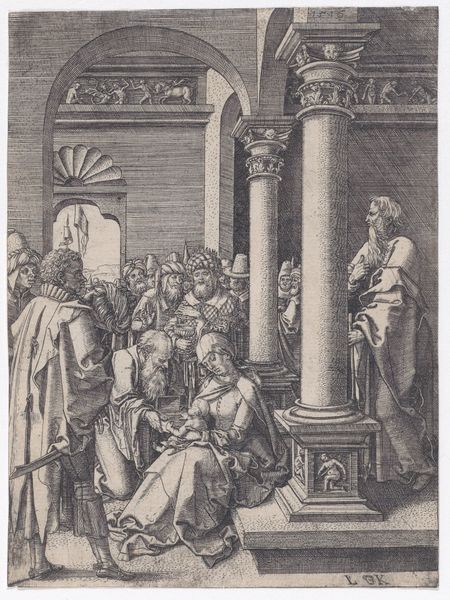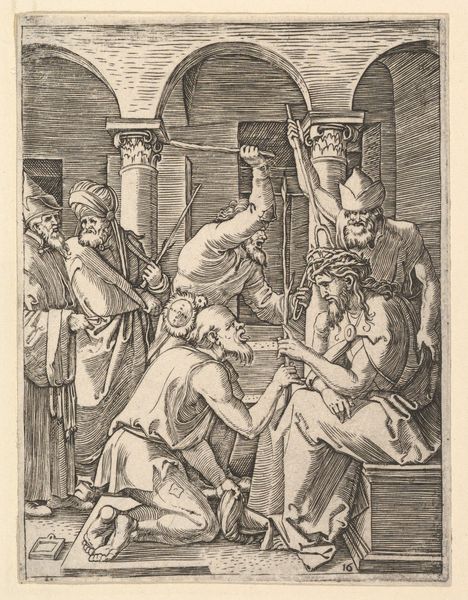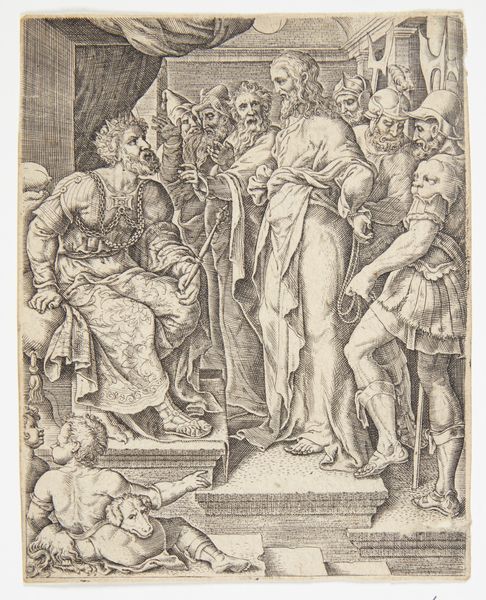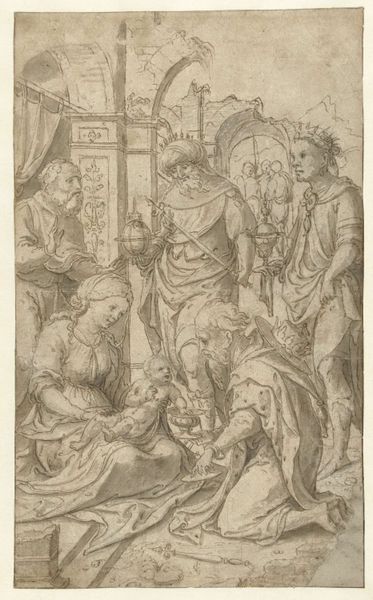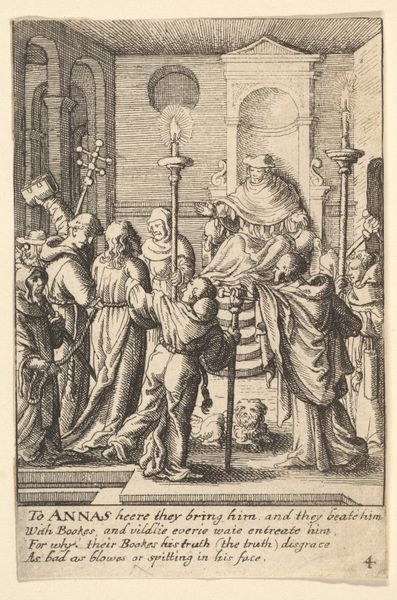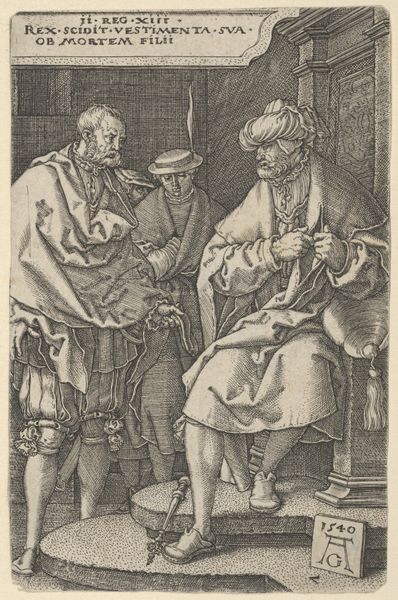
drawing, print, woodcut
#
drawing
#
narrative-art
# print
#
figuration
#
woodcut
#
northern-renaissance
#
christ
Dimensions: For the whole series: plate circa : 5 x 3 13/16 in. (12.7 x 9.7 cm)
Copyright: Public Domain
Editor: So, here we have a series of prints titled "Engraved copies of The Little Passion" dating from 1485 to 1699, credited to Albrecht Durer. The texture is fascinating, very detailed. How do you interpret this work, especially considering its historical and religious context? Curator: Looking at these woodcuts, I see a powerful visual narrative deeply embedded in the sociopolitical climate of the Northern Renaissance. Consider the distribution of these prints; how do you think that availability influenced the comprehension of the Gospels for those who may not have been literate, or for whom access to written religious texts were restricted? Editor: That's interesting. It sounds like you're suggesting these images acted as a form of visual literacy and perhaps a tool of cultural and political discourse. How did Dürer navigate this role as a visual storyteller during the Reformation? Curator: Exactly. Dürer, consciously or unconsciously, participated in visualizing the sacred narrative and disseminating religious ideology. He captured the imagination of an audience experiencing religious and social upheaval. Note how the figures' expressions and body language convey complex emotions, inviting viewers to empathize with their story. This encourages discussion on topics like faith, sacrifice, and the abuses of power. Editor: It's a stark reminder of art's capacity to shape perspectives. The engravings present us with multiple perspectives as well. Did the economic reality of print-making impact the dissemination and therefore, reception of religious subjects and stories at that time? Curator: Yes, you're spot-on. The proliferation of prints revolutionized the ways in which religious ideas circulated. Dürer’s work exemplifies the intersection of faith, politics, and art during a period of transformative social change, prompting us to consider how art is never created, or experienced, in a vacuum. Editor: I see it now; it is more than just illustrations; it's a historical commentary. Thanks for offering such insightful reflections. Curator: And thank you for encouraging me to see these familiar prints with fresh eyes!
Comments
No comments
Be the first to comment and join the conversation on the ultimate creative platform.
